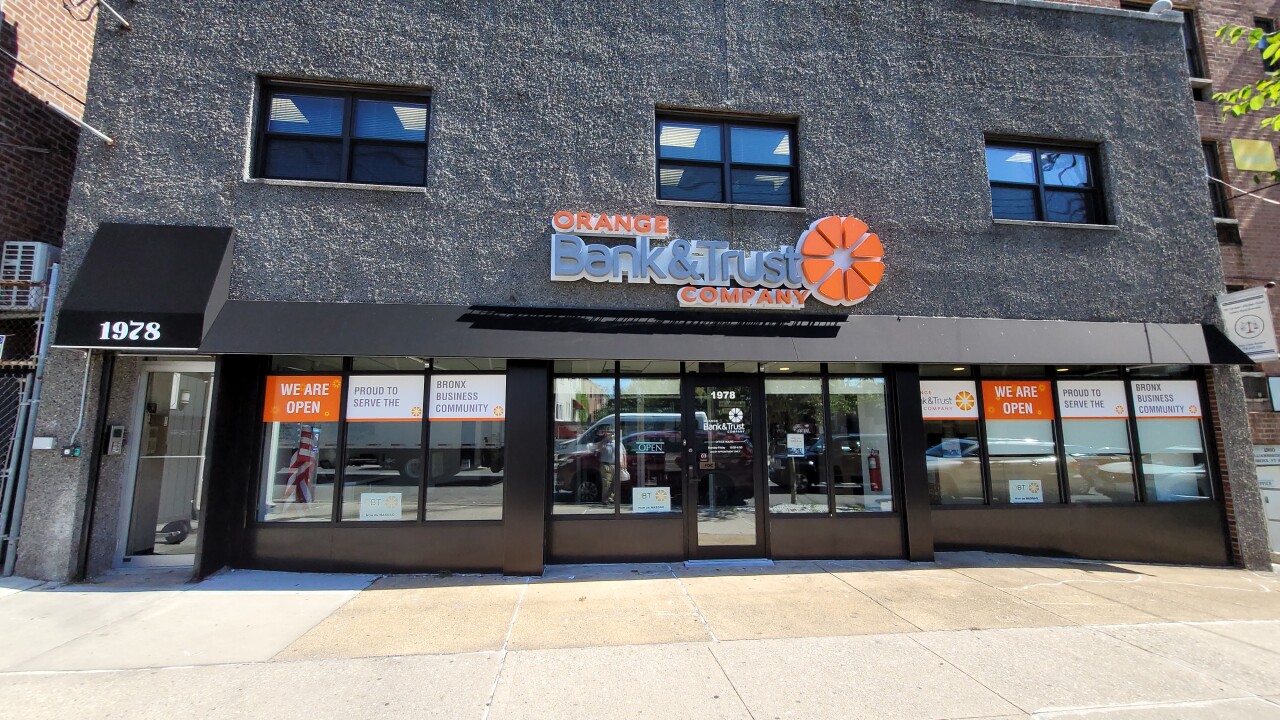Fifth Third Bancorp produced a strong third-quarter bottom line, boosted by fee income, but its loan book and net interest income contracted amid high levels of pay-downs and increased unease among commercial clients about the economy and political environment.
Chairman, President and CEO Greg Carmichael said that the Cincinnati company is braced for a slowing U.S. economy amid ongoing concerns about the trade war with China, a looming presidential election, and the cautionary signals that Federal Reserve interest rate cuts send. The Fed twice reduced its benchmark rate in the third quarter. Clients are also mindful that the domestic economic expansion is protracted and likely in its latter stages.
“All of those things are weighing on people’s minds,” Carmichael said in an interview Tuesday. “We expect loan growth, with the uncertainty overhanging, to be somewhat soft” through the remainder of 2019.
Fifth Third reported third-quarter net income available to common shareholders of $530 million in the third quarter, up 26% from the same period in 2018. The year-over-year earnings growth was driven largely by the acquisition of MB Financial, which closed in March.

For the third quarter, the $171 billion-asset Fifth Third said total average loans dipped about 0.5% from the prior quarter. Overall commercial loan originations were solid, Carmichael said, but they were more than offset by elevated levels of loan payoffs and pay-downs by commercial-and-industrial borrowers who are both minimizing debt ahead of potential economic vulnerability and taking advantage of lower interest rates by refinancing loans via capital markets.
Carmichael said Fifth Third’s newer markets — where population growth is stronger — fared relatively well. This included areas of the Southeast, California and Chicago. The bank expanded substantially in the Windy City with its acquisition of MB Financial in March. But loan demand is lighter in slower-growth areas across the Midwest, where there are hints of weakness in the manufacturing sector.
U.S. manufacturing activity fell for the second consecutive month in September, declining to its lowest level in a decade, according to the Institute of Supply Management’s monthly index.
“The trade war is impacting manufacturing and a slowdown in that sector affects a lot of economies across the Midwest,” said Kevin Jacques, chairman of the finance department at Baldwin Wallace University in Ohio. “And it is an indicator of broader slowdown.”
Several other regional banking companies, including PNC Financial Services Group in Pittsburgh and Regions Financial in Birmingham, Ala., have cautioned that business loan growth is tapering off.
“The outlook is pretty fuzzy going into the fourth quarter,” said Brian Klock, an analyst with Keefe, Bruyette & Woods.
Carmichael said bankers should prepare for a notable pullback in economic activity — and stick to careful underwriting.
“It’s time to be cautious. It’s time to be very thoughtful,” he said. “It’s a time not to reach. It’s a time to think about the bank you want to be long term — and expect a downturn. … Don’t worry about the balance sheet growth right now. Stay focused on quality.”
Carmichael emphasized, however, that Fifth Third’s size, geographic reach and business line diversity afford it levers to pull that smaller banks often cannot. During the third quarter, noninterest income increased about 12% across several fee-generating businesses, including company-record capital markets revenue and strong mortgage origination activity. Overall revenue rose as a result. With interest rates low, commercial borrowers are more likely to refinance via capital markets, while consumers are driving a boom in residential mortgage refinancing.
“During the last two years, we deliberately channeled our investments in a number of diverse fee-generating businesses to maintain our ability to grow total revenues in different environments,” CFO Tayfun Tuzun said on a call with analysts.
Fifth Third’s net interest margin declined 5 basis points during the third quarter to 3.32% and executives said they expect similar compression in the fourth quarter. That noted, the company said it expects a modest rebound in the first quarter of 2020 thanks to $4 billion of previously executed hedges in its investment portfolio that will kick in late this year and in January. Fifth Third expects its net interest margin to be stable or to rise slightly for the full year, depending on the number of additional Fed rate cuts in 2020.
“The hedging, that’s a key thing for them,” Klock said.





